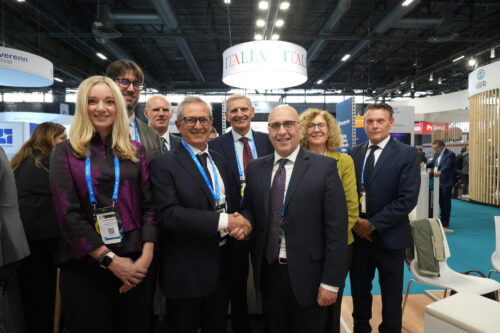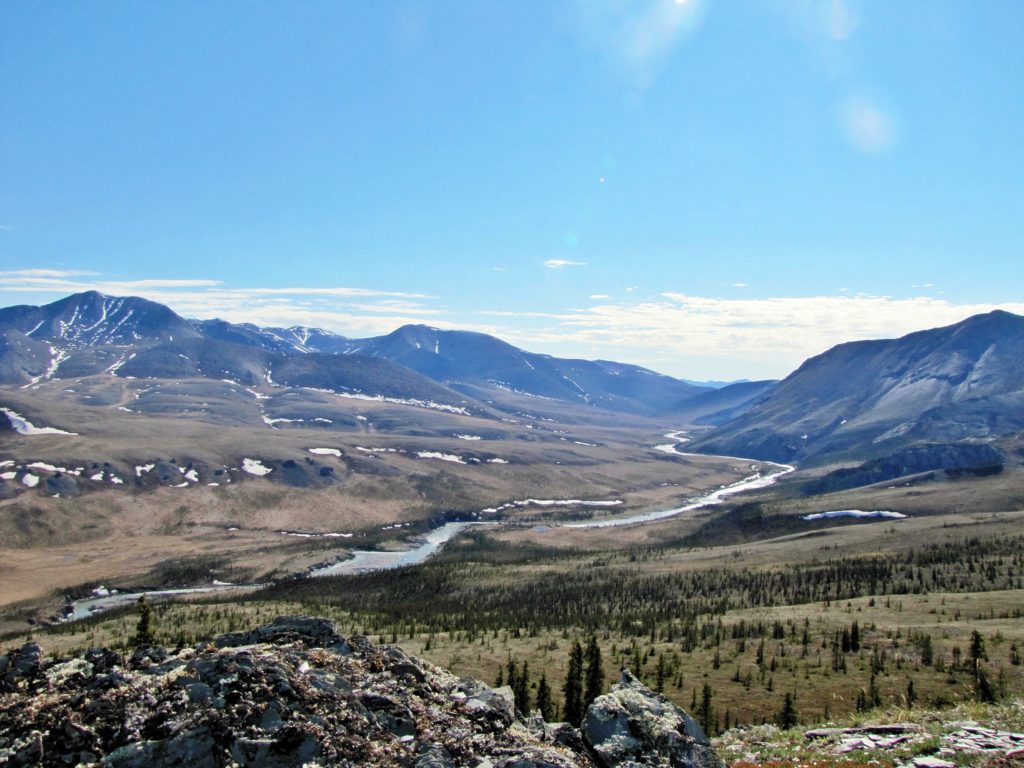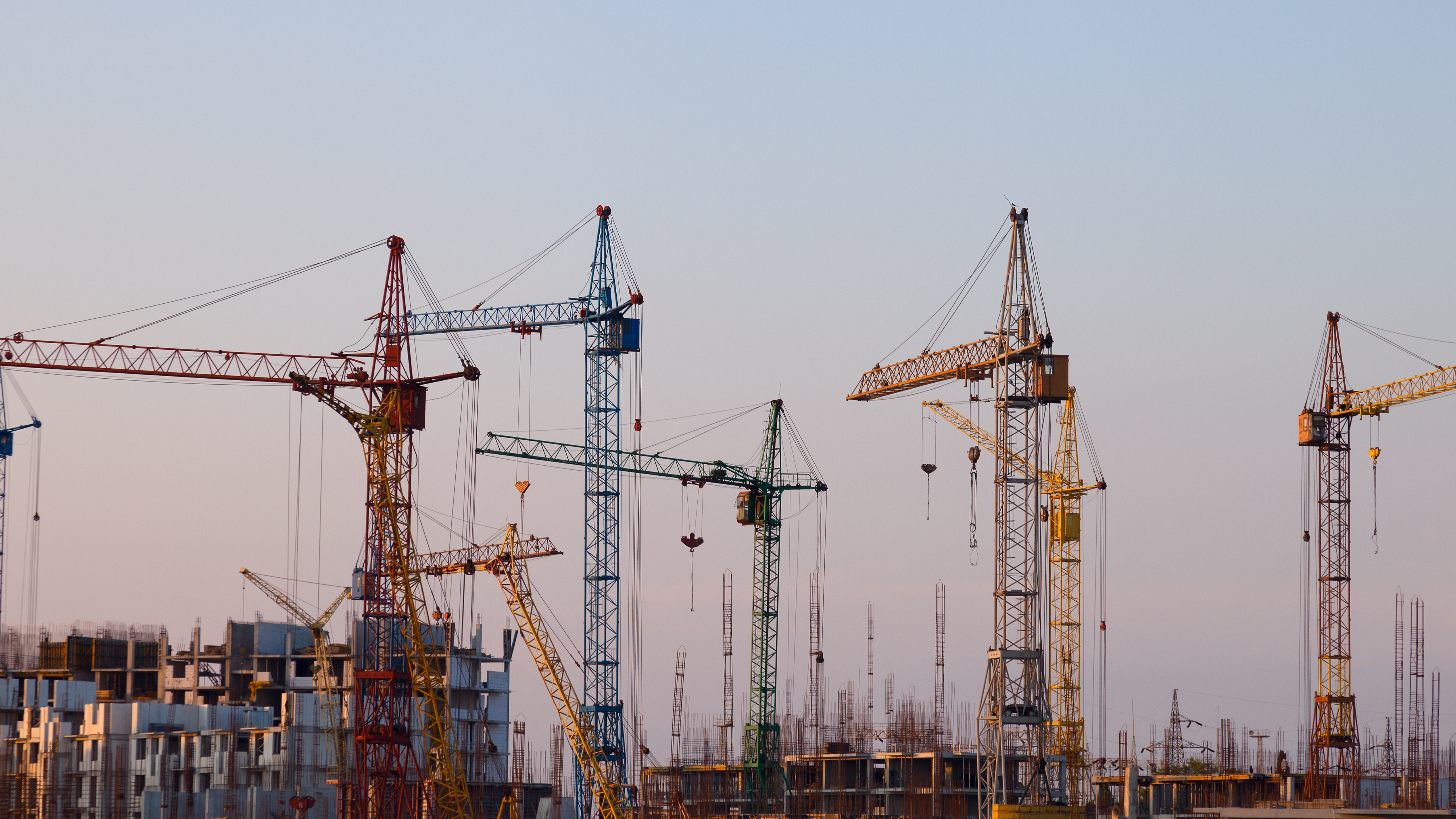
NWMO Selects Wabigoon Lake Ojibway Nation and Ignace for Deep Geological Repository
Today, the Nuclear Waste Management Organization (NWMO) has selected Wabigoon Lake Ojibway Nation and the Township of Ignace as the hosts for Canada’s deep geological repository for used nuclear fuel—a critical milestone in responsible nuclear waste management.
This project is the result of more than 30 years of extensive research, development, and technological demonstration. The deep geological repository will be constructed more than 500 metres underground, featuring a network of tunnels and placement rooms specifically designed to safely contain and isolate used nuclear fuel over the very long term.
The site selection process has been remarkably collaborative. Twenty-two communities initially expressed interest, with the process gradually narrowing to two potential sites. The people of both host communities have demonstrated their willingness to move forward after decade-long processes of learning and careful consideration.
George Christidis, President and CEO of the Canadian Nuclear Association, emphasized the project’s significance: “This is what making history looks like—a project developed through dialogue with Canadians and Indigenous nations and communities that solves an environmental challenge and helps fight climate change.”
The repository’s innovative design includes a multiple-barrier system that provides comprehensive protection. At the surface, facilities will receive, inspect, and repackage used fuel into purpose-built containers encased in bentonite clay buffer boxes before underground placement. The underground footprint will cover approximately 2 km by 3 km, with multiple access tunnel arms allowing technical specialists to situate placement rooms in the most suitable rock areas.
Particularly groundbreaking is the Indigenous-led Regulatory Assessment and Approval Process (RAAP). Wabigoon Lake Ojibway Nation will design a sovereign regulatory process to assess the project’s potential impacts against their Anishinaabe Values, representing a meaningful step towards reconciliation.
The project will include an extensive environmental and operational monitoring program, covering ground and surface water, radiation, air quality, and more. Monitoring will begin prior to construction and continue through operations, with an extended monitoring period following the placement of used nuclear fuel.
As the project advances into the regulatory decision-making process, it will undergo independent verification by the Canadian Nuclear Safety Commission and the Government of Canada’s impact assessment process. With a projected 175-year timeline, the repository promises to drive significant benefits for host communities, the region, and Canada as a whole.



